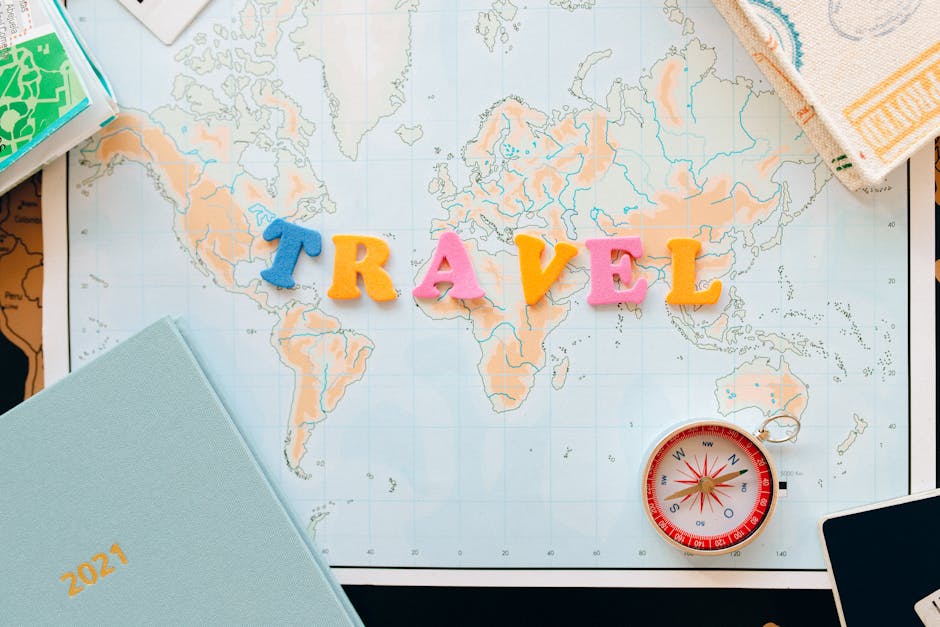Wilderness Navigation: Map Reading and Compass Skills

Wilderness Navigation: Map Reading and Compass Skills
Table of Contents
1. The Importance of Wilderness Navigation
2. Understanding Maps
– Types of Maps
– Map Symbols and Legend
– Scale and Distance
3. Mastering the Compass
– Types of Compasses
– Setting a Bearing
– Taking a Bearing from a Map
4. Combining Map Reading and Compass Skills
– Orienting the Map
– Triangulation
– Navigating without a Compass
5. Practical Tips for Wilderness Navigation
– Planning Your Route
– Staying Found
– What to Do If You Get Lost
6. Conclusion
The Importance of Wilderness Navigation
Navigating through the wilderness can be a thrilling adventure. However, it can quickly turn into a dangerous situation if you’re not equipped with the right skills. Knowing how to read a map and use a compass are essential tools for any outdoor enthusiast. These skills can help you find your way through unfamiliar terrain, avoid getting lost, and even save your life in an emergency.
Understanding Maps
Maps are the foundation of wilderness navigation. They provide a visual representation of the terrain, showing natural features like rivers, mountains, and forests, as well as man-made structures like roads and buildings.
Types of Maps
There are several types of maps, each serving a different purpose:
– Topographic maps show the shape and elevation of the land.
– Road maps focus on highways and roads.
– Trail maps highlight hiking and biking paths.
Map Symbols and Legend
Maps use symbols to represent different features. A legend, usually found on the side or bottom of the map, explains what these symbols mean. It’s important to familiarize yourself with these symbols before heading out.
Scale and Distance
The scale of a map shows the relationship between distances on the map and the actual distances on the ground. Understanding scale is crucial for estimating travel times and distances.
Mastering the Compass
A compass is a navigational tool that shows directions. It’s a valuable asset when traveling through the wilderness, especially in areas where there are no clear landmarks.
Types of Compasses
There are various types of compasses, but the most common for wilderness navigation is the baseplate compass. It’s simple to use and includes a straight edge for taking bearings from a map.
Setting a Bearing
Setting a bearing means determining the direction you need to travel from your current location to reach your destination. This is done by aligning the compass with the map.
Taking a Bearing from a Map
To take a bearing from a map, you align the edge of the compass with your current location and the point you want to reach. Then, rotate the compass housing until the orienting lines match the map’s north.
Combining Map Reading and Compass Skills
Using a map and compass together is the most effective way to navigate in the wilderness. This combination allows you to pinpoint your location and plan your route accurately.
Orienting the Map
Orienting the map means aligning it with the actual directions on the ground. This is done by using the compass to find north and rotating the map accordingly.
Triangulation
Triangulation is a method of finding your exact location by taking bearings from two known points on the map and where they intersect on the ground.
Navigating without a Compass
In situations where you don’t have a compass, you can still navigate using natural indicators like the sun, stars, and landmarks.
Practical Tips for Wilderness Navigation
Planning Your Route
Before heading out, plan your route carefully. Study the map, estimate distances, and consider the terrain and potential hazards.
Staying Found
As you travel, keep track of your location on the map. Regularly check your bearings and adjust your route as needed.
What to Do If You Get Lost
If you get lost, stay calm. Use your map and compass to reorient yourself. If that fails, stay put and wait for rescue, making yourself as visible as possible.
Conclusion
Wilderness navigation is a vital skill for any outdoor adventurer. By understanding how to read a map and use a compass, you can confidently explore the great outdoors. Remember to plan your route, stay found, and know what to do if you get lost. With these skills, your wilderness journeys will be safe and enjoyable.